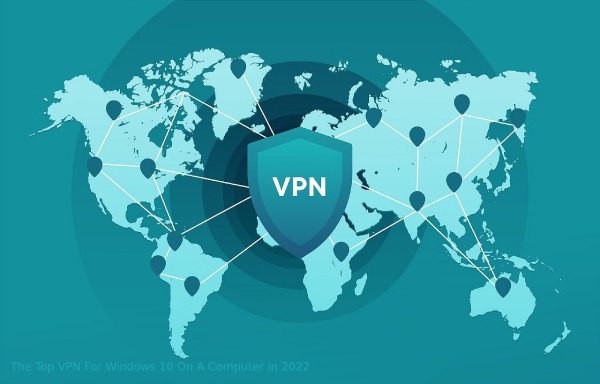For all firms, gathering and analyzing data has become essential to decision-making. A trustworthy data pipeline is necessary to guarantee that the data you gather is correct and pertinent.
1. Whenever possible, automate
Your data pipeline can be automated to help you save time, money, and effort. Automation can lessen the amount of work that needs to be done by hand, freeing up resources for more in-depth investigation. Additionally, it eliminates potential human error sources so you can acquire trustworthy findings more rapidly. Pay attention to opportunities to automate tasks like data integration, ETL, and data cleaning in your data pipelines.
2. Employ tools for data aggregation
You may quickly gather information from numerous sources and store it in one spot for convenient access with data aggregation tools. These tools enable you to quickly spot patterns and trends in the data while minimizing the amount of human work necessary. To get the most out of your data aggregation process, choosing data pipeline technologies matched to your unique needs is critical.
3. Maintain Data Clarity
Any analysis must start with clean data. Before using the data for analysis, any mistakes or inconsistencies must be cleaned. It can ensure you use your data to draw proper conclusions and clear up costly errors. Regular data cleaning is advised because even minor adjustments can significantly impact your findings’ accuracy.
4. Watch the quality of your data
Any successful data pipeline must regularly monitor the quality of its data. You can rapidly discover problems and take corrective action before they become serious by keeping an eye on the quality of your data. It would help if you kept an eye out for any variations in performance or accuracy and possible sources of bias that could impact your outcomes.
5. Utilize data visualization.
Finding patterns in your data and making meaningful inferences from it can be made much easier with data visualization. Dynamic visualizations to represent your data might help you grasp complex datasets and spot features that might otherwise go overlooked. Allowing team members to study the data using data visualization tools jointly can help enhance teamwork.
6. Establish data security procedures
Regarding your data pipeline tools, data security should come first. Security protocols like access control and encryption can help shield your data from malicious attacks, unintentional exposure, and misuse. To keep the data secure, you should also consider establishing a policy for how it is used, saved, and accessed.
7. Performance Monitoring
Monitoring performance is necessary to guarantee that your data pipeline runs efficiently. You can enhance your data pipeline by using performance monitoring to uncover possible difficulties before they become more significant problems. You should scan your data pipelines for delays, outages, or other performance problems and take action to fix them if necessary.
8. Be Change-Ready
Data pipelines must be adaptable enough to act quickly when data or other circumstances change. These changes could be made in reaction to new data sources, developing legal requirements, or shifting market conditions that necessitate making changes to your data pipeline. The secret is making sure your data pipeline can adjust effectively and rapidly so you can keep providing accurate results.
9. Constantly Improve
It is always possible to optimise data pipelines by streamlining and improving them. To find areas for improvement, such as simplifying data gathering procedures or improving data quality checks, you should frequently examine your pipeline. You can ensure that your data pipeline constantly produces the most significant outcomes by optimizing it.
conclusion
By adhering to these best practices, you can ensure that your data pipeline operates efficiently and effectively. You may increase the efficiency of your channel by automating activities, utilizing cloud resources, utilizing data aggregation tools, maintaining clean data, checking the quality of your data, visualizing data, establishing security rules, and tracking performance. Finally, remember that correct outcomes depend on your data pipelines staying current and being ready to react to changing circumstances quickly.
Also read: Sports Apps
Also read: AI Technologies



